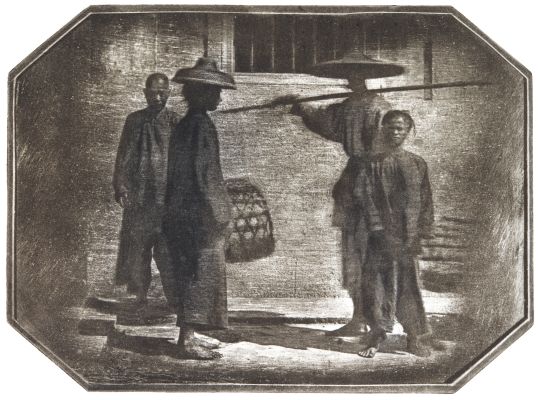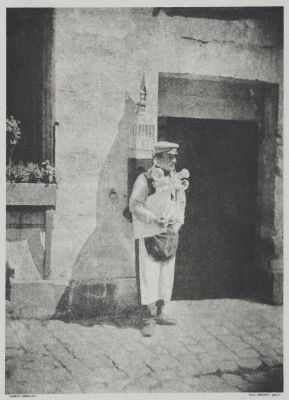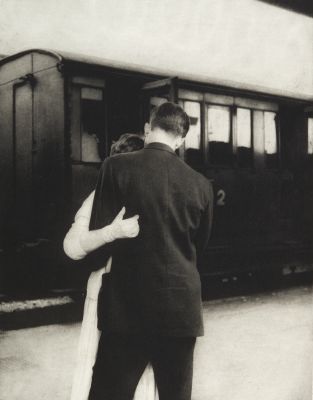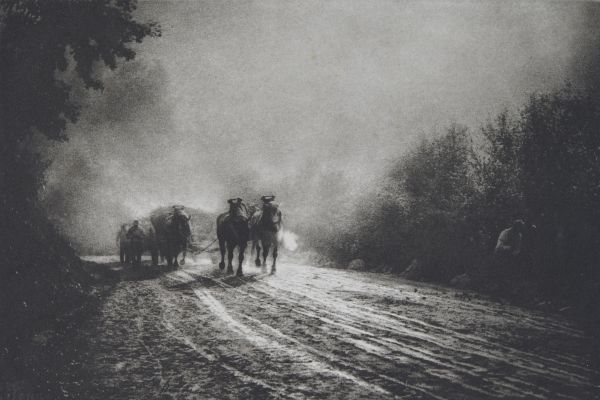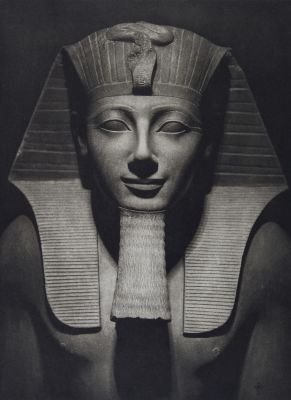
Title
Le Petit marchand d’herbesArtist
Atget, Eugéne (French, 1857-1927)Date
1988 plate (1898 negative)Process
PhotogravureAtelier
Pierre Brochet a Beaumont du GatinaisImage Size
21.5 × 17 cmSheet Size
53 x 42 cm
Photographer Eugéne Atget sought to capture the romantic and disappearing daily life of Paris and to record certain elements of the scenery that were overlooked by other photographers of the period because they were too familiar: a sign, a path, a door, a street, a tree. Included among Atget’s subjects were tradespeople plying their wares. In them, Atget presents the market stands, the odd jobs, the cobbled-together shops, and the informal entertainments that gave Paris its vibrancy and soul. This near-documentary approach retains a measure of poetry and mystery; it is quintessentially a photographic style, creating images that reveal much about the past, but that are also moving and expressive, and at times so strange that they attracted the interest of the surrealists.
Appropriate or not, this posthumous print is a rare example of Atget’s work translated into the photogravure syntax.
Pierre Brochet (1922-2016) was a French photographer, printer and educator. He specialized in antiquarian photographic processes and in the early 1980s played a significant role in the revival of photogravure in France. In 1985 Brochet started the L’association pour la photographie ancienne (APA) which specializes in the study and the practice of the antiquarian photographic processes, especially photogravure. Over the course of his career Brochet, in addition to his own work, executed photogravure projects for many institutions including the Musée Carnavalet, Fondation Claude Monet, Centre National Pompidou and from photographs by a whose who of French photographers including Nègre, Atget, Boubat, Puyo, Salgado and many others. Brochet’s atelier was located in his home in Beaumont-du-Gâtinais, France.
Reproduced / Exhibited
Weiss Benjamin and Atget Eugène. Atget : Postcards of a Lost Paris : Selections from the Leonard a. Lauder Postcard Archive. First ed. MFA Publications Museum of Fine Arts Boston
Marbot, Bernard. After Daguerre: Masterworks of French Photography (1848-1900) from the Bibliothèque Nationale. New York: Metropolitan Museum of Art, in association with Berger-Levrault, Paris, 1980. (no. 4)

